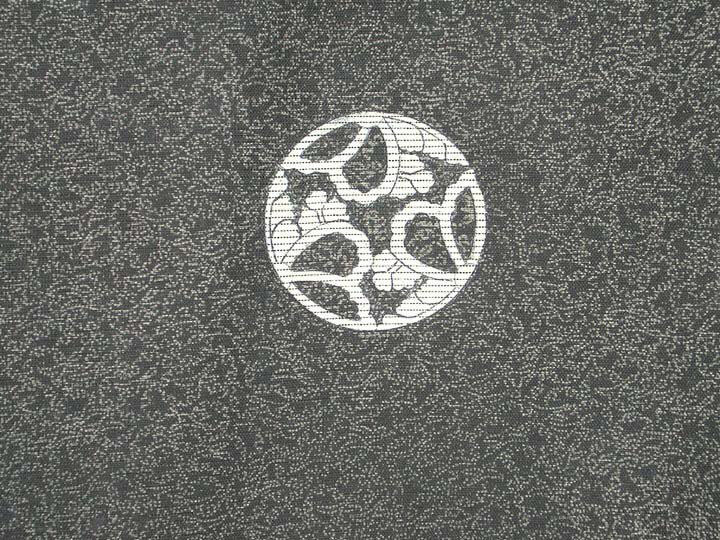Robe (Kosode) with Ferns
Around the seventeenth century, “small-crest” (Edo komon) patterns became favored among the samurai residing in Edo to embellish their formal attire. Traditionally, the delicate motifs were created by applying paste to white fabric through paper stencils (Ise katagami). These areas would then resist the dye, typically indigo, applied to create the garment’s monochrome ground. Items decorated with this technique appear from a distance to be unembellished; when seen up close, however, the tiny repeating patterns fascinate the eye. Though this style of fabric was developed for samurai garments, in the later Edo period it was adopted more widely. This example is a woman’s summer robe.
Due to rights restrictions, this image cannot be enlarged, viewed at full screen, or downloaded.
This artwork is meant to be viewed from right to left. Scroll left to view more.



